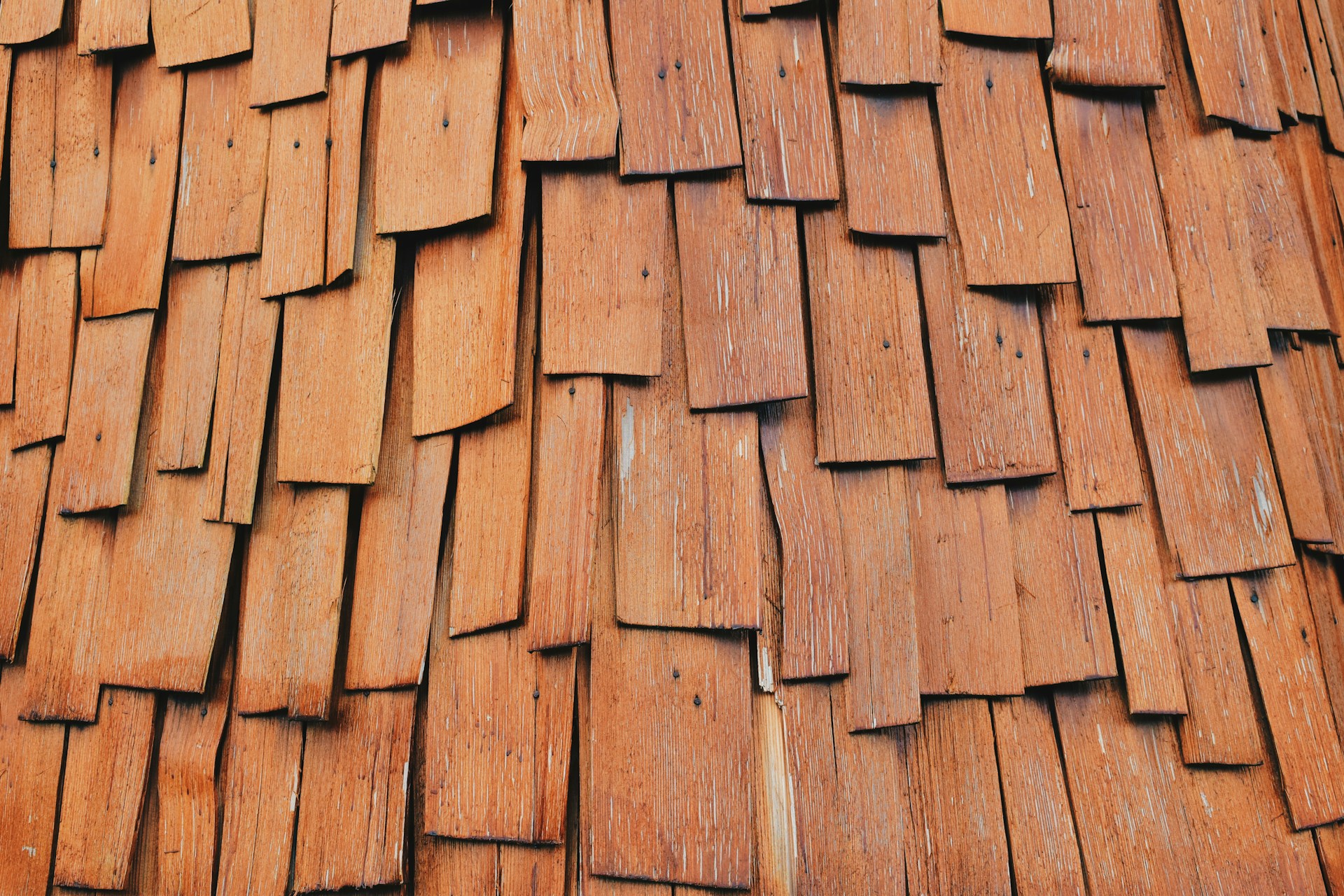Your roof is one of the most essential parts of your home. It protects your personal belongings and keeps out the elements. When your roof fails, you need to have it repaired or replaced.
Fortunately, several signs indicate when to call a professional like this Northern VA roofing company.
Contents
Loose Granules
If you find granules in your gutters or around the base of downspouts, they’re not where they should be and should alert you to potential issues. Loose granules often indicate an old asphalt roof is over its lifespan and needs a roof replacement. Severe storms and even a little hail can wear down the asphalt layer on shingles, causing granule loss.
Shedding granules expose the asphalt to UV damage, increasing the likelihood of water leaks. This can be costly, and watching for this warning sign is essential so you can replace your roof before problems get worse.
Moisture in Your Attic
Moisture in your attic is one of the giant red flags that it’s time for a new roof. Proper attic insulation helps regulate temperature differentials between the living areas of your home and the attic space. This minimizes the occurrence of condensation, which can damage your attic’s insulation and cause structural issues, wood rot, or mold problems down the line.
Moisture in your attic can also manifest as water stains on your ceiling and walls. Circular yellowish-brown or brown stains indicate a leak somewhere in your attic or residential roofing system. This moisture can promote mold growth and rot and lead to shingle deterioration. Keeping up with roof leak repairs and attic ventilation is critical to avoiding this issue.
Sagging Roof
When roof sagging becomes noticeable, it’s a sign that the structure isn’t supporting itself properly. This can be due to several issues, including problems with the foundation or poor original construction. In time, a sagging roof can cause structural damage and even collapse. It can also be dangerous for anyone in the home. Watch out for signs of a sagging roof, such as pipes and ductwork pulling away from their mounts, and pay special attention to the rafters or joists that support the roof.
A sagging roof isn’t something to ignore, especially if it’s in an area that is easily accessible. It’s a warning that the structure can’t take the weight anymore and should be replaced immediately. A professional roofer can assess the underlying cause and recommend the right solution.
Shingles Are Curling or Buckling
Shingle roofs often last 20 to 30 years, so if yours is approaching that age, you should consider getting a new one.
Look for curled or buckled shingles, indicating they’ve reached the end of their lifespans. This is a sign that moisture can get under the shingle and cause damage to your home.
Curling is often caused by ventilation issues that result in the shingles baking and shrinking, which makes them less resistant to wind uplift and ice damage. Buckling is more severe and may indicate that the shingles are starting to break apart.
Also, check the flashing around vents, skylights, and chimneys to ensure they’re free of cracks or breaks that could lead to leaks. These areas are especially susceptible to water damage and should be repaired as soon as you notice any problems.
Other Houses in Your Neighborhood Are Getting New Roofs
A new roof is a great way to boost curb appeal. It’s also a wise investment to help maximize your home’s resale value.
If your neighbors are getting new roofs, it could also be a sign that you’re due for one. You can replace yours sooner rather than later, especially if the previous owners had an older roof.
The exterior of your roof needs to be in good condition, including shingles that aren’t curled or buckling. A leaky roof can lead to expensive interior damage. Creepy critters can enter your home through holes in the roof and cause further problems. Leaky roofs can also leave your attic and ceilings susceptible to mold, mildew, and other unwanted substances. A new roof can prevent this and other costly damage.

